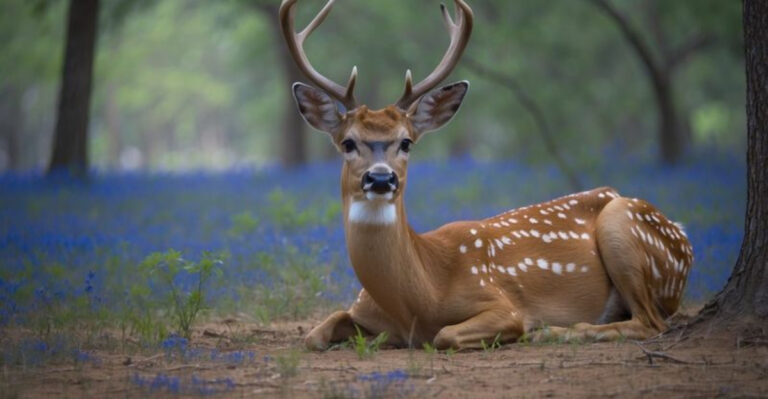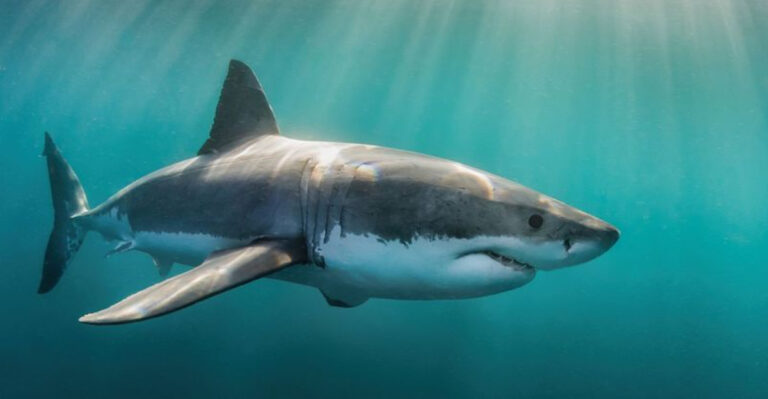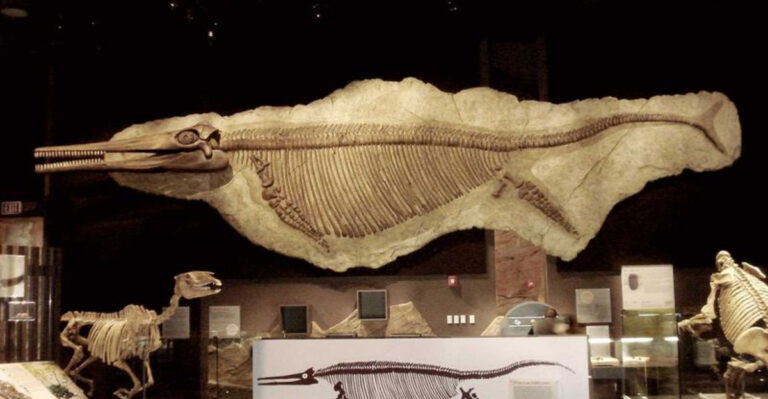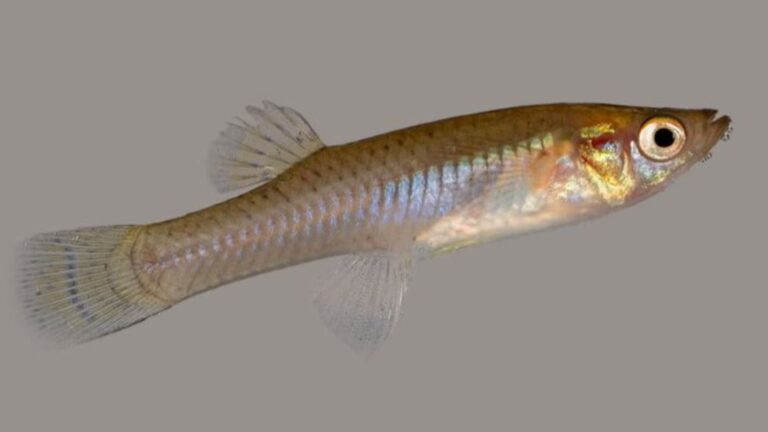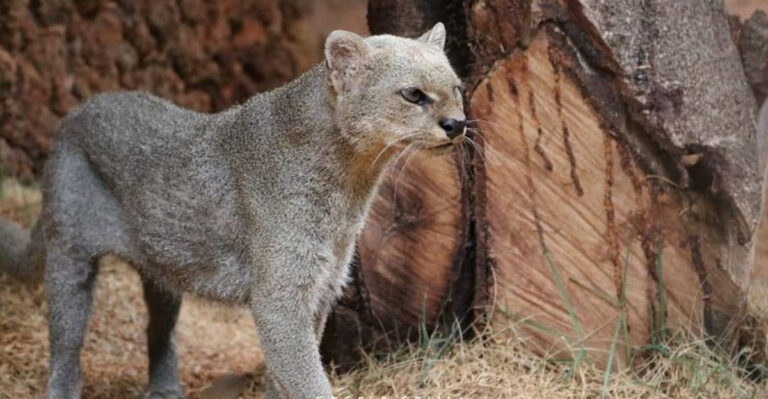10 Best Places To Hang Hummingbird Feeders (And 3 Worst Places)
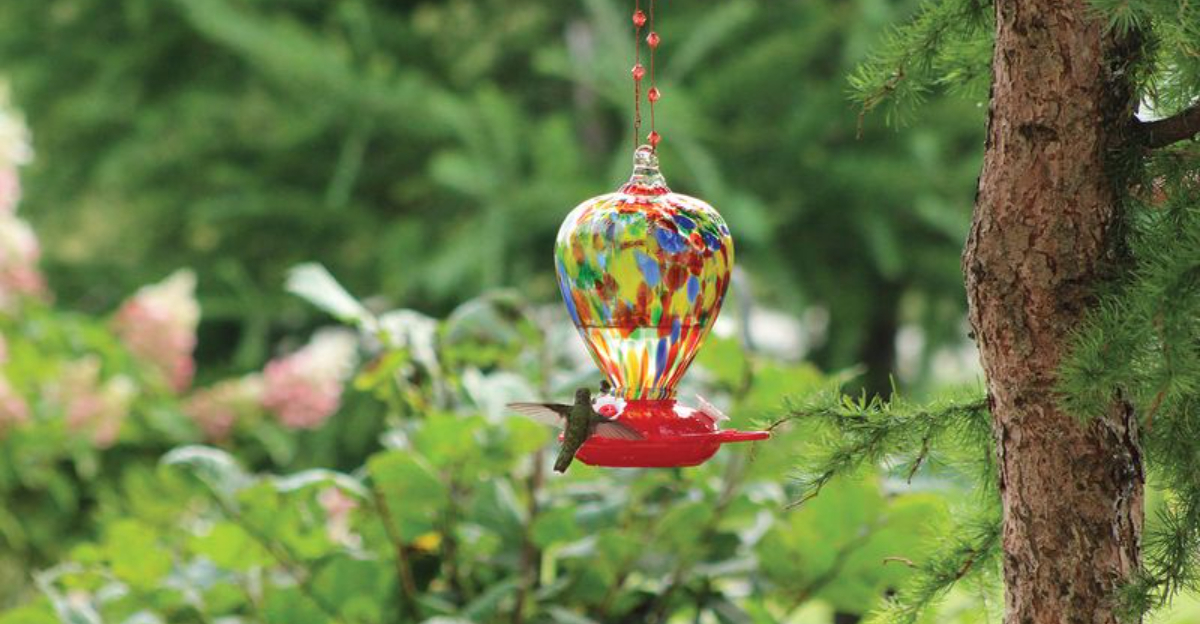
Ever wondered why those tiny winged jewels aren’t visiting your yard? The secret might be where you’ve hung your feeder!
Hummingbirds are picky about their dining spots, preferring safety, visibility, and convenience. Finding the perfect location can transform your yard into a hummingbird haven while avoiding certain spots can save you from disappointment.
1. Near Flowering Plants
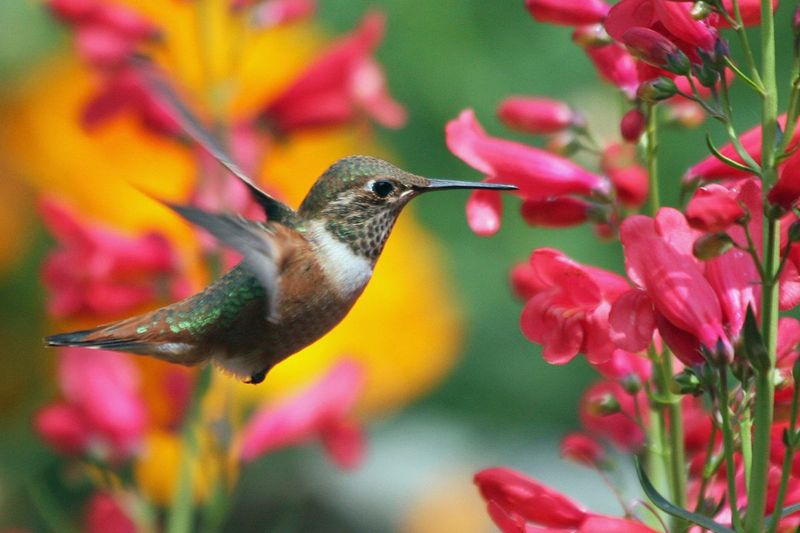
Hummingbirds naturally gravitate toward gardens bursting with tubular flowers. Hanging feeders within 10-15 feet of your flower beds creates a complete feeding zone that attracts these tiny visitors.
They’ll spot your feeder while visiting flowers, quickly learning it’s another reliable food source. This natural pairing makes your yard a one-stop destination for hungry hummers.
2. Under Eaves Or Roof Overhangs
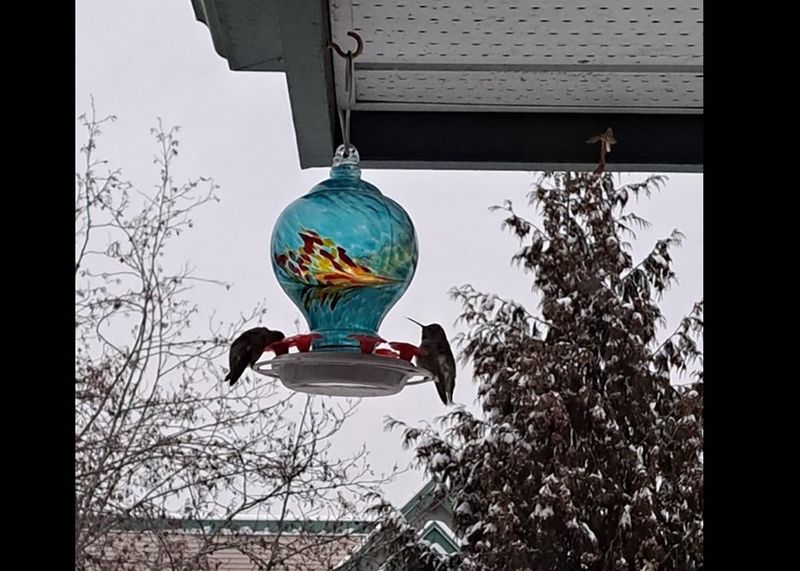
Shelter from harsh elements makes eaves and overhangs perfect spots for your feeder. These locations protect the nectar from direct sunlight that causes fermentation and rain that dilutes the sweet solution. Your little visitors will appreciate a consistently fresh meal, especially during hot summer days. Plus, these spots typically offer enough clearance for their aerial acrobatics while feeding.
3. From Tree Branches
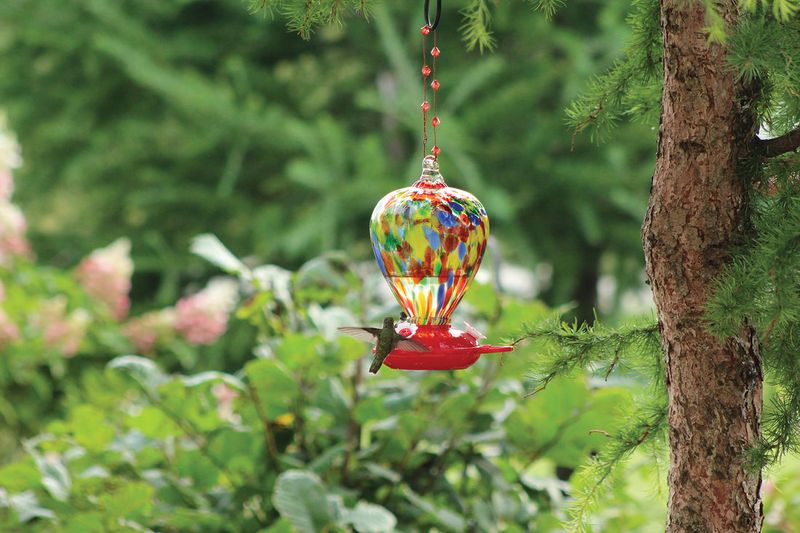
Trees provide natural perching spots where hummingbirds can rest between sips. Hanging feeders from sturdy branches creates a familiar environment these birds instinctively trust.
Choose branches that are 5-7 feet off the ground with some open space around them. The dappled sunlight filtering through leaves offers comfort while maintaining visibility for these cautious diners.
4. Near Windows (With Safety Stickers)
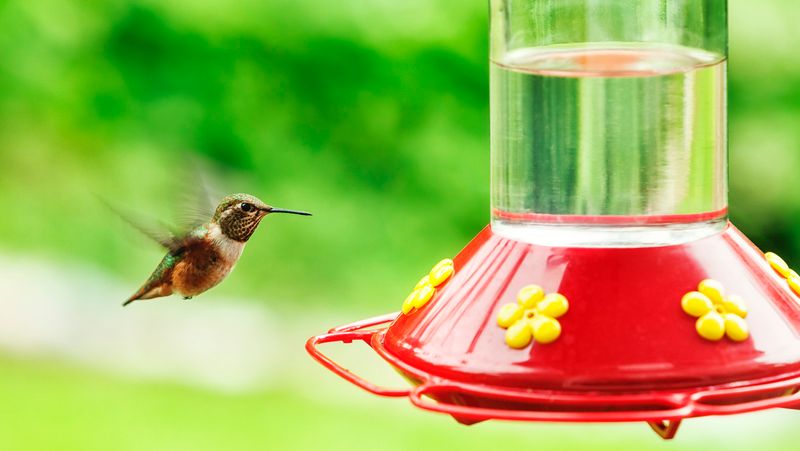
Window-adjacent feeders offer front-row seats to hummingbird antics! Place feeders within three feet of windows with decorative safety stickers to prevent collisions. Morning light through east-facing windows illuminates the feeder beautifully. The close proximity means even casual glances from your kitchen or living room might catch brilliant flashes of iridescent feathers during breakfast or afternoon tea.
5. On Shepherd’s Hooks

Versatile shepherd’s hooks let you position feeders exactly where hummingbirds prefer. Their slim profile doesn’t obstruct flight paths, while their height keeps feeders at perfect eye level for humans and birds alike.
Place these hooks in open areas where you can easily spot visitors from your favorite indoor relaxation spot. Their portable nature means you can reposition them seasonally as feeding patterns change.
6. From Deck Or Porch Railings

Your deck railing offers prime real estate for hummingbird viewing! Special brackets designed for railings secure feeders firmly while positioning them at perfect viewing height. Morning coffee becomes magical when shared with these iridescent visitors just feet away. Choose spots with partial shade throughout the day to keep nectar fresh longer and encourage frequent visits during your outdoor relaxation time.
7. Multiple Locations (Spaced Apart)
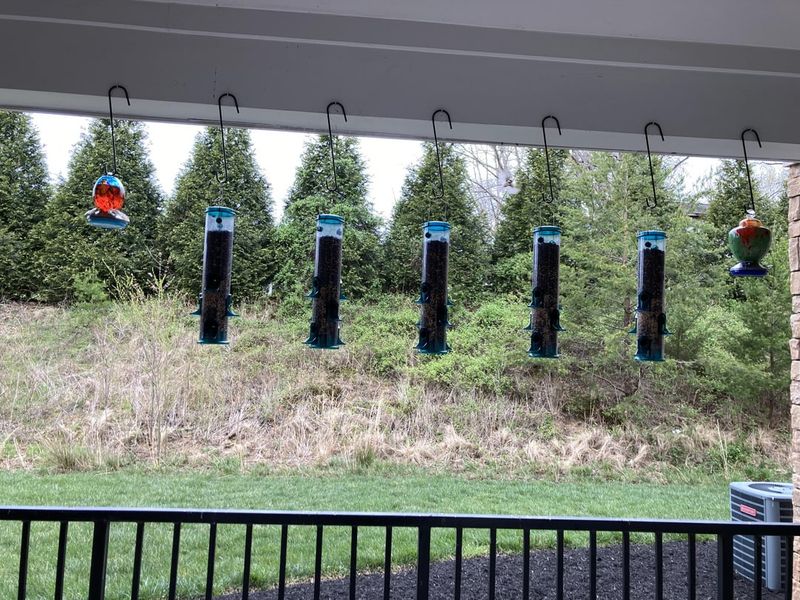
Territorial hummingbirds often chase competitors away from feeders. Hanging multiple feeders at least 15 feet apart outsmart these tiny bullies, allowing more birds to feed simultaneously.
This strategy transforms your yard into a hummingbird hotspot! You’ll notice increased activity as word spreads through the hummingbird community that your yard offers abundant, competition-free dining options throughout the day.
8. Hanging From Garden Arbors
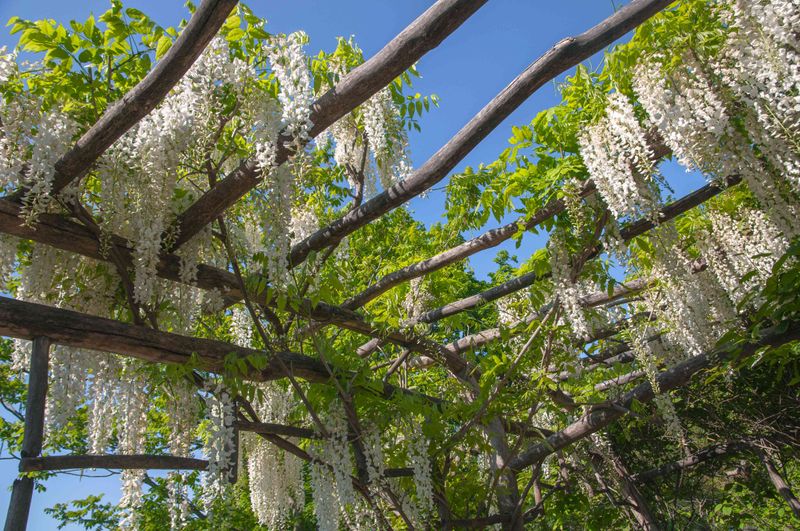
Garden arbors create magical feeding stations that blend naturally with your landscape. Hummingbirds appreciate these elevated positions that offer clear sight lines in all directions. As climbing plants like honeysuckle or trumpet vine grow over your arbor, they create a living feeding station. The combination of natural flowers and your feeder turns an ordinary garden feature into a hummingbird paradise they’ll return to repeatedly.
9. Near Water Features
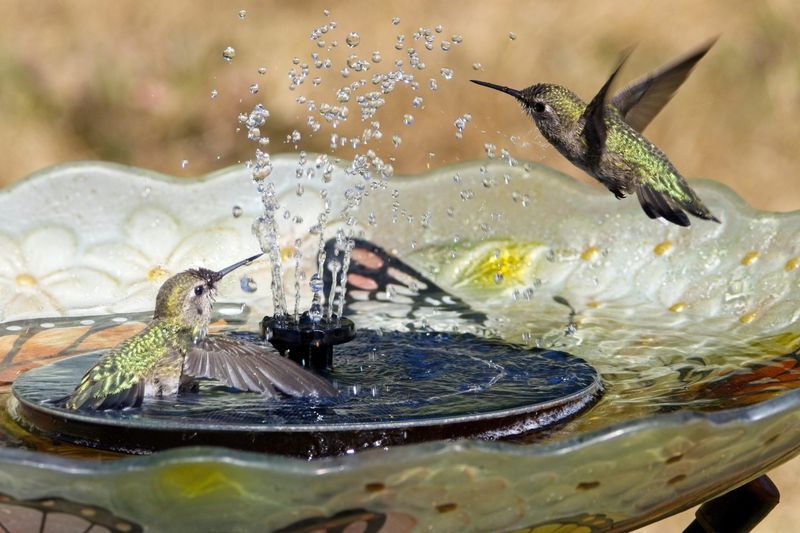
Hummingbirds love bathing almost as much as eating! Hanging feeders near gentle fountains or misters creates a complete habitat these birds find irresistible.
The sound of trickling water naturally attracts wildlife, while the humidity around water features helps keep tiny birds cool. This combo turns your yard into a full-service hummingbird resort where they’ll spend hours zipping between nectar and refreshing mist.
10. Movable Hangers Or Brackets

Flexibility keeps the hummingbirds coming back! Adjustable hangers let you fine-tune feeder positions as seasons change, moving them to shadier spots during summer heat or sunnier locations during cool mornings.
These adaptable systems also make cleaning a breeze—simply unhook the feeder without disturbing mounting hardware. Your ability to quickly respond to changing conditions ensures your tiny guests always find clean, fresh nectar in the perfect spot.
11. WORST: Near Outdoor Cats
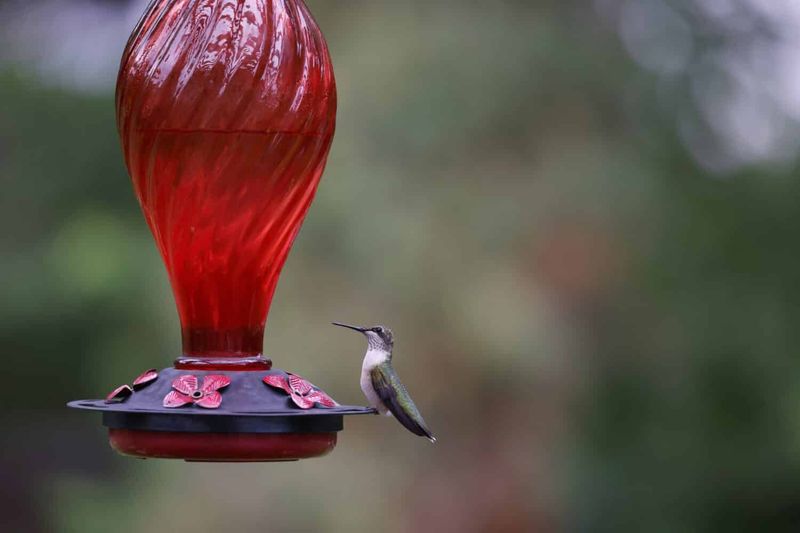
Cats and hummingbirds mix like oil and water! Feeders placed where cats lounge or prowl create deadly traps for these vulnerable birds, who become completely focused on feeding. Even well-fed cats instinctively stalk birds, and their lightning-fast paws can snatch hummers mid-hover. Keep feeders at least 15 feet from any areas where cats frequent or hang them high enough that pouncing predators can’t reach these precious pollinators.
12. WORST: Exposed To Strong Winds
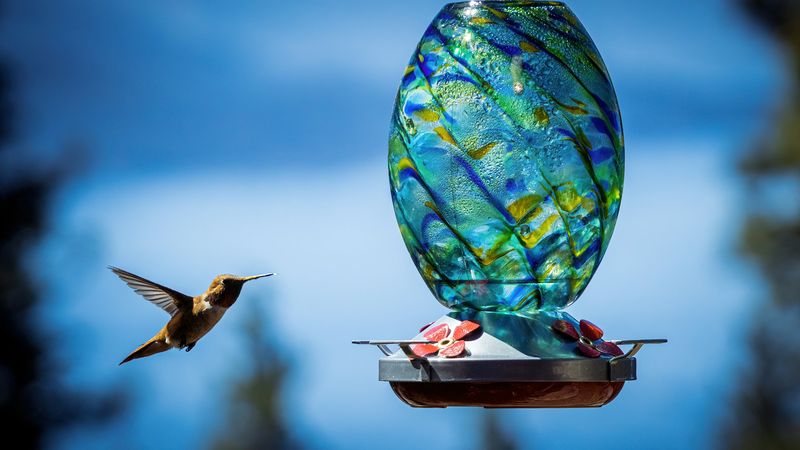
Feeders swinging wildly in open, windy areas frustrate hummingbirds trying to feed. These tiny creatures expend precious energy fighting gusts while attempting to drink, often giving up entirely. Wind-whipped feeders also tend to leak, creating sticky messes and wasting nectar.
13. WORST: Too Close To Wasp Nests
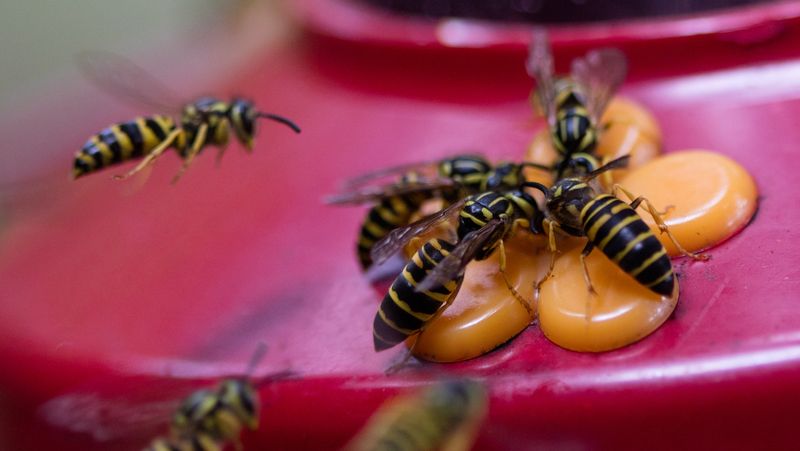
Wasps love sugar water as much as hummingbirds do! Feeders hung near wasp nests become battlegrounds where aggressive insects dominate and chase away your intended guests. Unlike bees, wasps can be territorial and repeatedly sting.
Hummingbirds quickly learn to avoid these dangerous dining spots. Check surrounding areas for wasp activity before hanging feeders, especially under eaves where paper wasps often build their distinctive umbrella-shaped nests.

